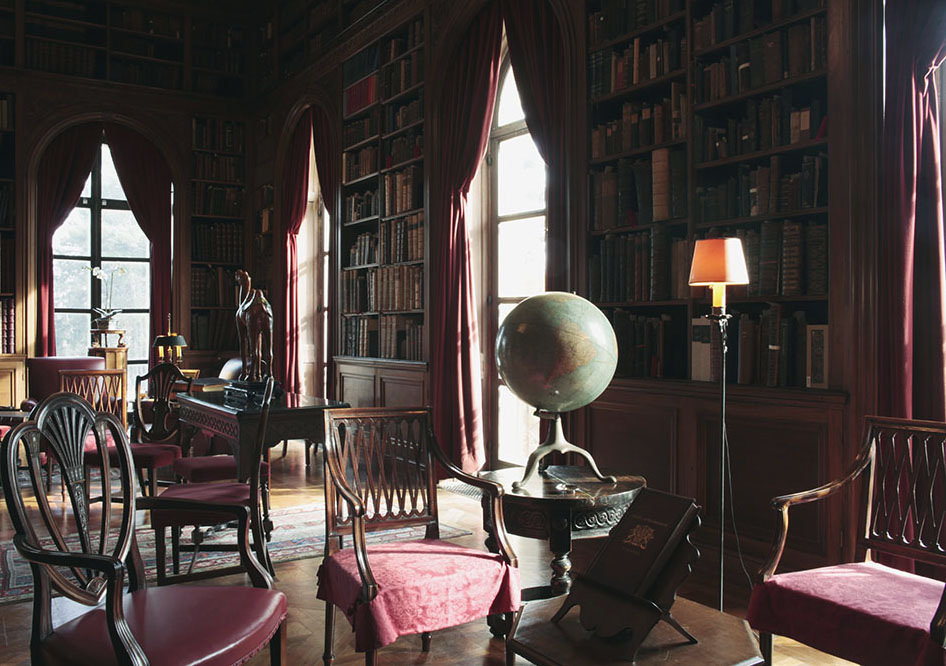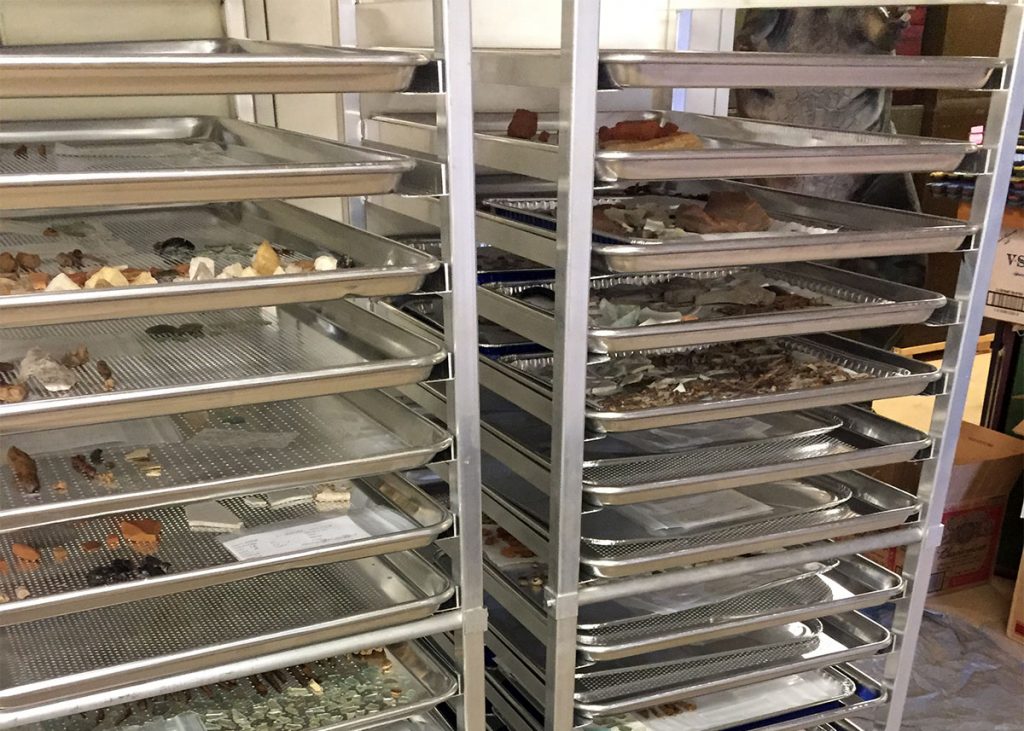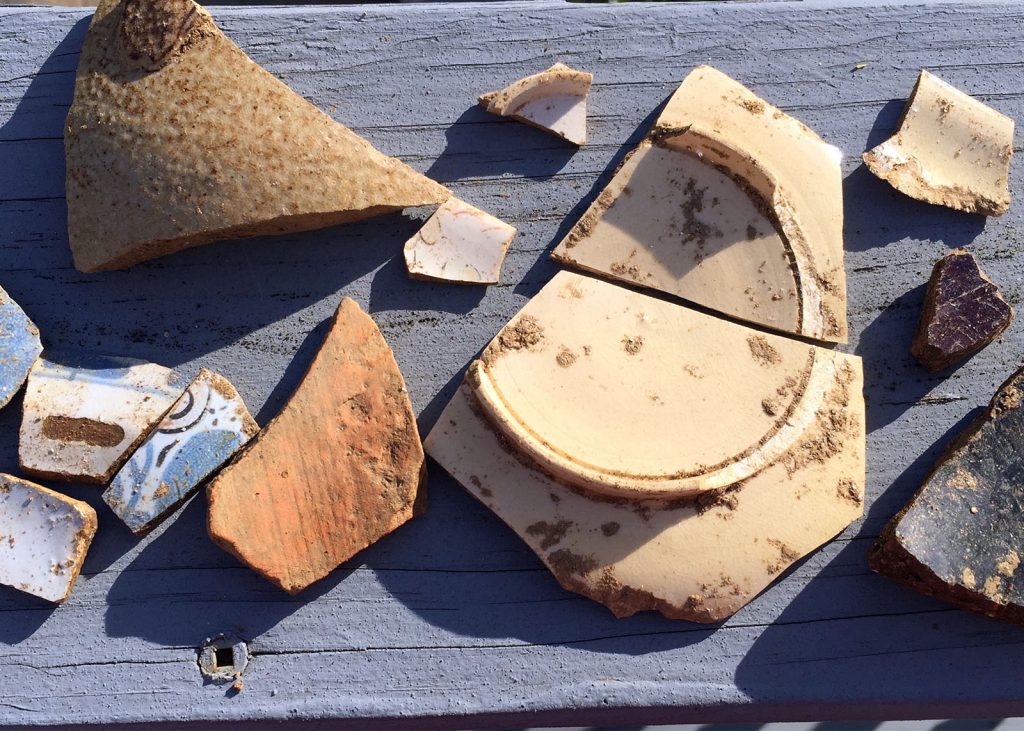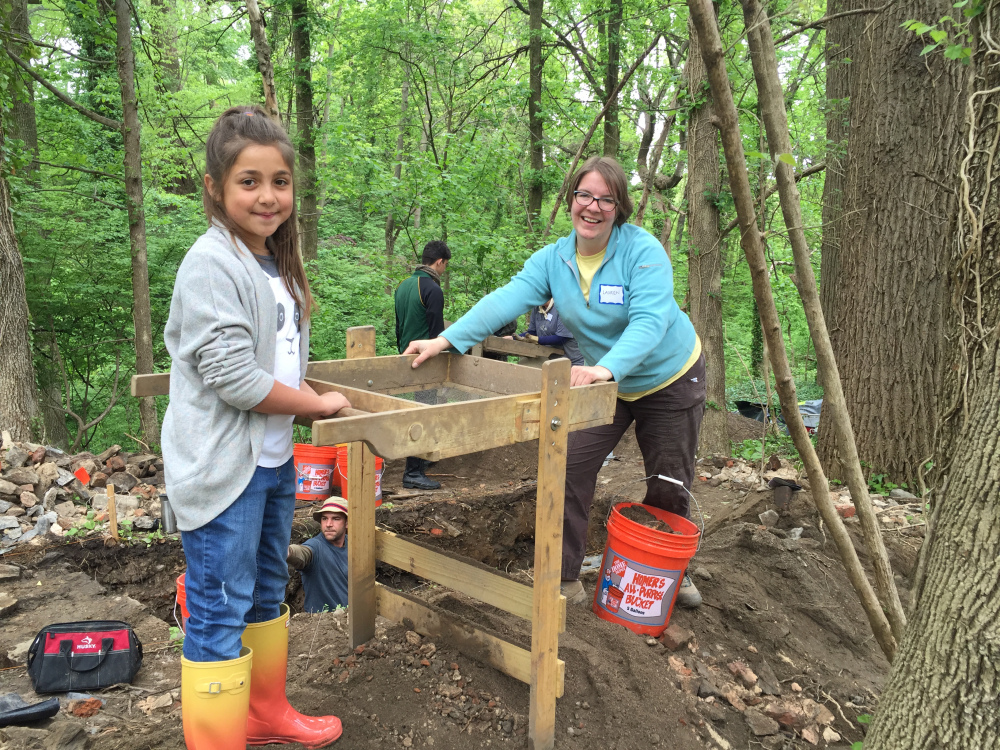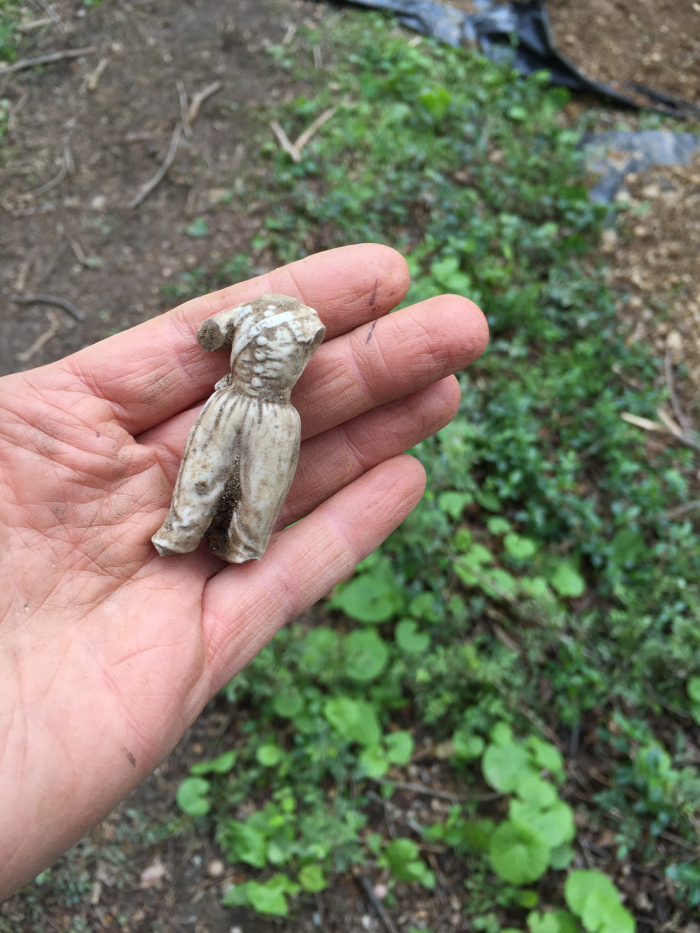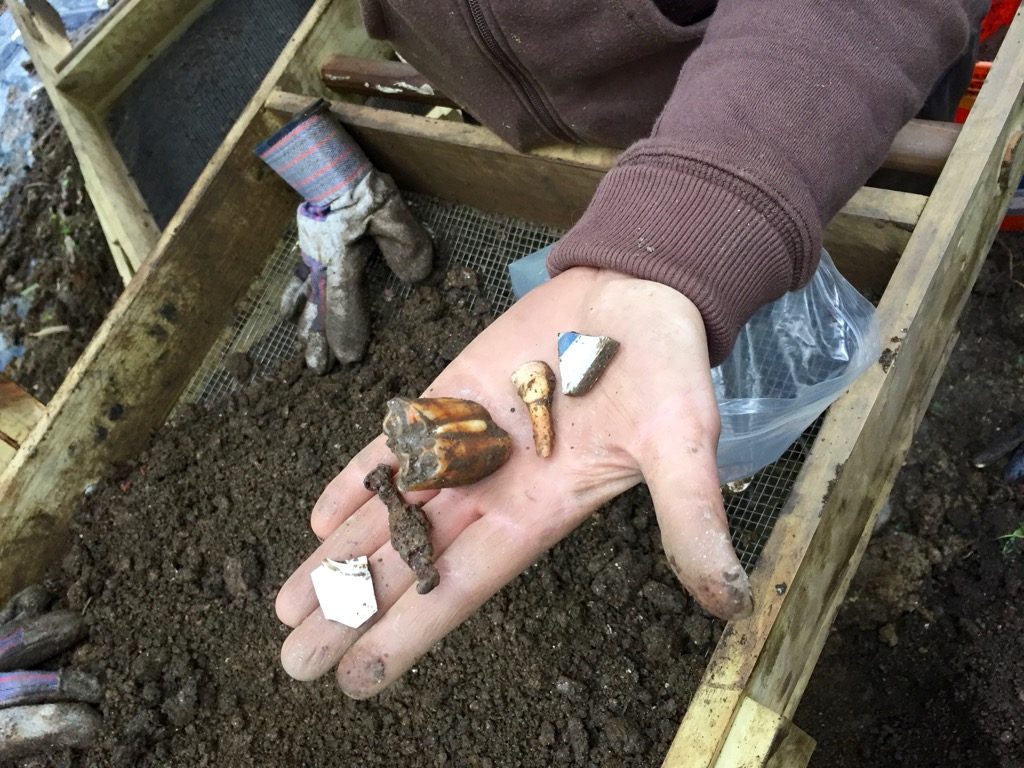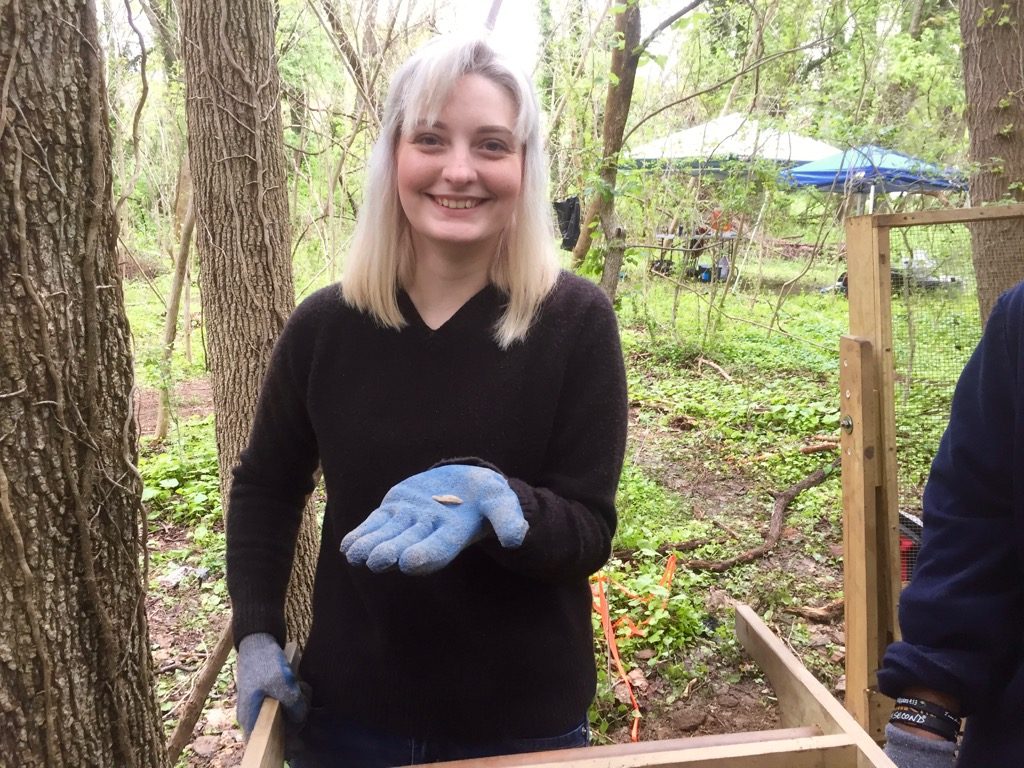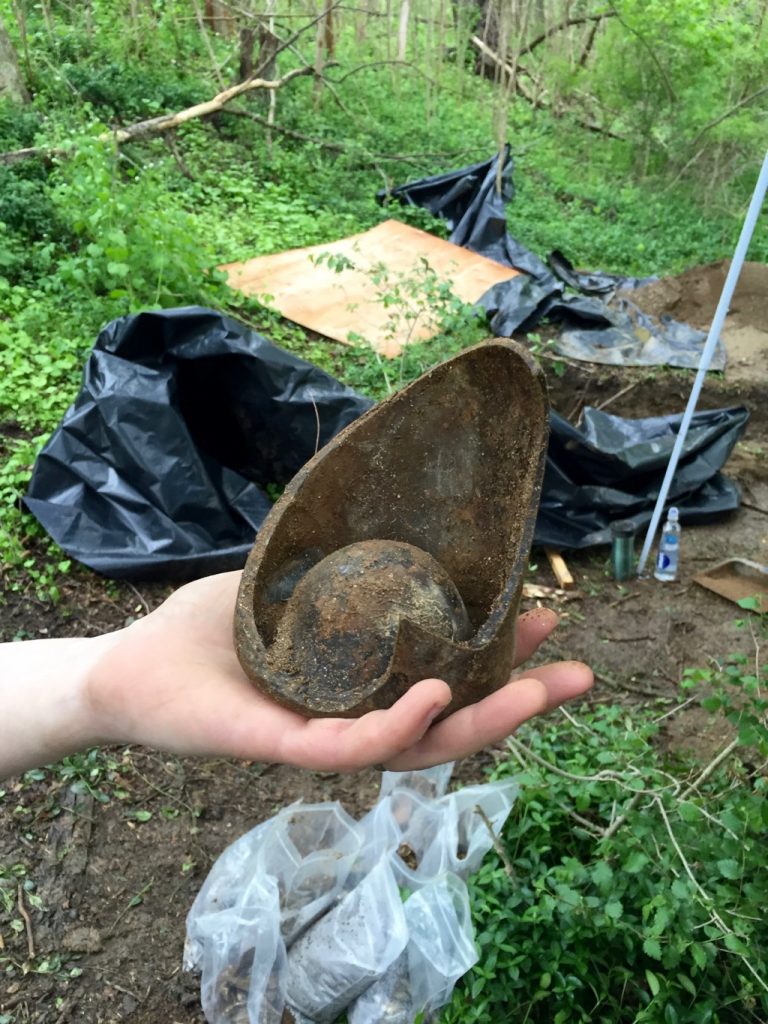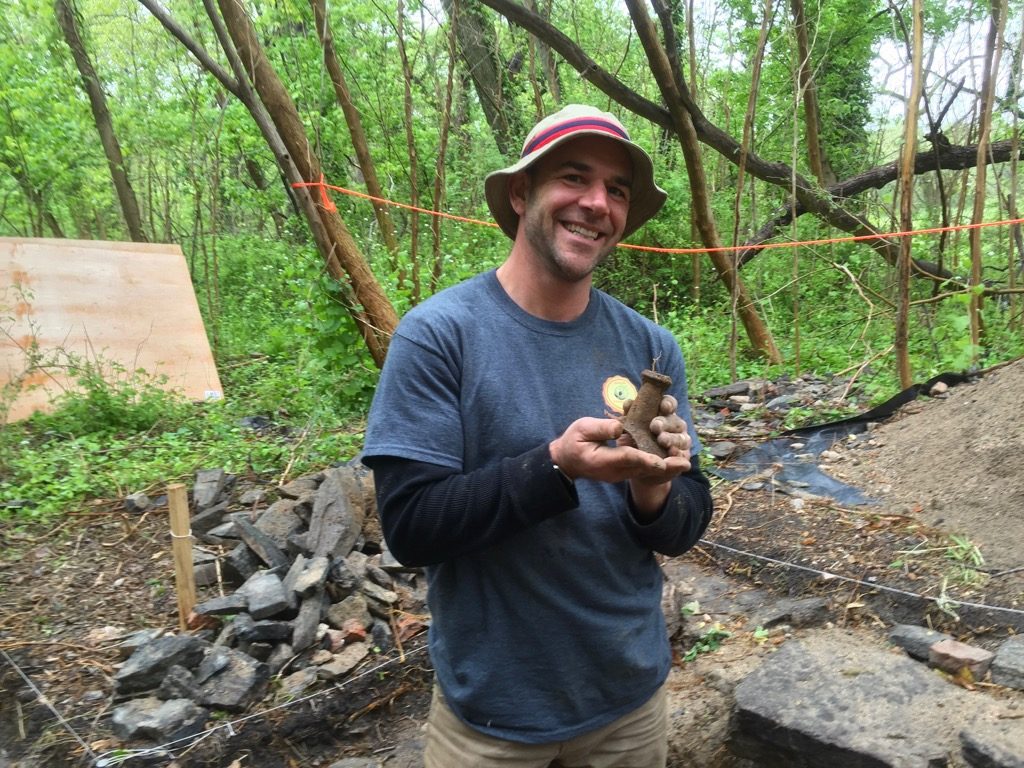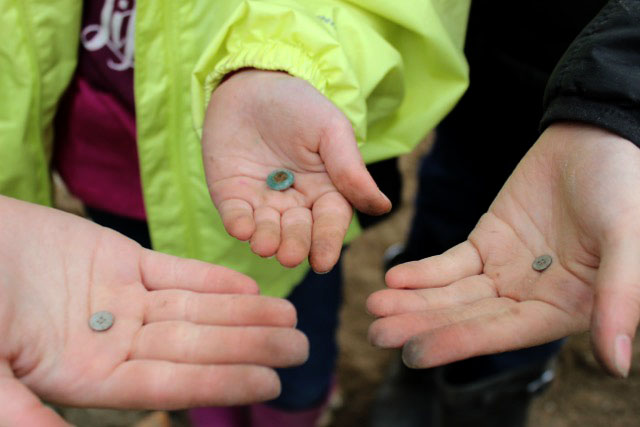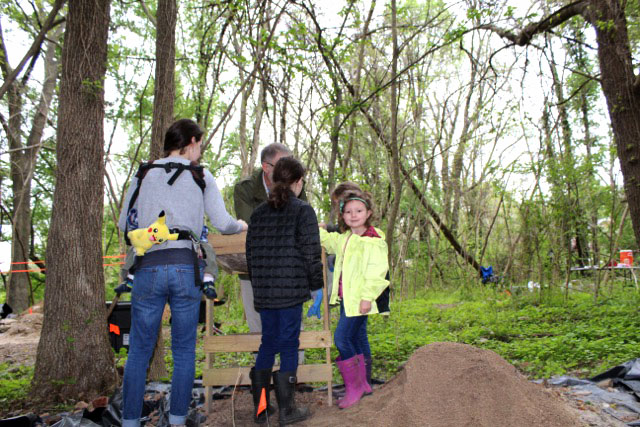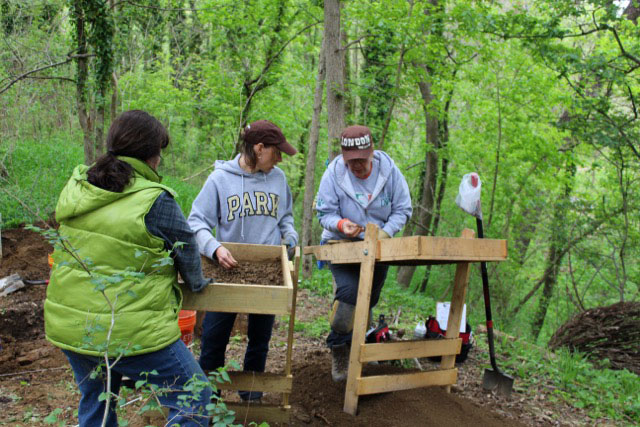On two new tours this spring we are celebrating great art from Baltimore’s past and meeting the people who are making and teaching art in Baltimore’s present. On April 27, please join us on a visit to one of the grandest art collections in the city on our tour: Travel to the Gilded Age at Evergreen House. Evergreen House, once the home of Ambassador T. Harrison Garrett and his artist wife Alice Garrett, is a splendid building filled with the Garrett family’s art collection (including paintings by Degas and Picasso and one of the world’s largest collections of Tiffany glass).
On May 11, our tour of the Schuler School of Fine Arts is a chance to learn about a school that carries on the work of master Baltimore sculptor Hans Schuler. From Samuel Smith at the top of Federal Hill to Martin Luther near Lake Montebello, Schuler’s figurative monuments and sculptures adorn the city. Today, students learn the techniques of the Old World masters in the house and studio that has been part the Schuler family story for over a century. On our tour with the Schuler relatives and art instructors, we’ll see finished work by Schuler and works-in-progress by current students at the school.
Finally, we hope you can join us and our partners with the Herring Run Archaeology Project at our 2017 open house this Saturday, April 29. Project archaeologists Jason Shellenhamer and Lisa Kraus along with a great group of local volunteers are looking forward to sharing the story of the Eutaw manor house and the archaeology of the park with visitors from 10:00 am to 3:00 pm.

